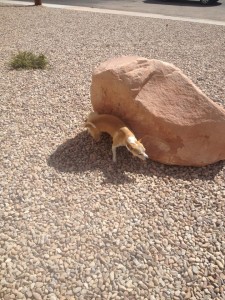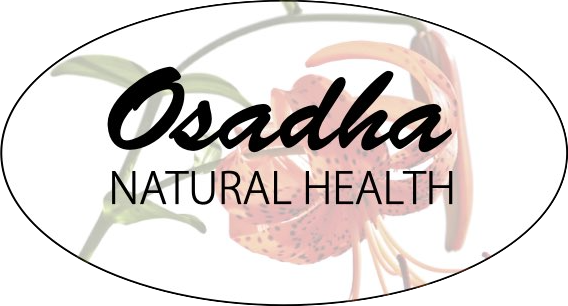Does your dog have bad breath? It’s probably not shocking to you that bad breath is common among our canine friends, particularly in older dogs and small breeds. “Dog breath” is not generally used as a term of endearment.
Parsley is (Petroselinum crispum) an old fashioned bad breath remedy that helps in both dogs and their people. (Use the leaves for your dog, as the seeds may be too strong.) Parsley belongs to the Apiaceae family of plants. It’s family members include other super nutritious and medicinal vegetables and herbs such as celery, carrots, fennel, dill, cilantro and parsnips. Interestingly enough, two among the deadliest plants in North America are also in this family (Poison Hemlock and Water Hemlock)…Go figure.
Back to doggie breath. Bad breath can come from poor digestion, gum disease and/or tooth decay, the latter two being common in small dogs. Parsley has a role in improving all of these parameters. Parsley supports oral health through it’s anti-bacterial properties and pleasant-smelling essential oils.
 The leaves provide digestive support on a number of levels. By improving liver and gall bladder function, Parsley influences fat digestion and absorption along with encouraging easy bowel movements. Better fat digestion equals less gas!
The leaves provide digestive support on a number of levels. By improving liver and gall bladder function, Parsley influences fat digestion and absorption along with encouraging easy bowel movements. Better fat digestion equals less gas!
Parsley’s essential oils support normal gut peristalsis, providing relief from intestinal bloating and cramping. gas accumulation. Parsley may even help expel parasites from the gastrointestinal tract (1). The 16th century herbalist John Gerard said about parsley “It is delightful to the taste and agreeable to the stomache”. The 17th century herbalist Nicolas Culpeper said ‘It is very comfortable to the stomach…food for wind and to remove obstructions both of liver and spleen…” (2).
 Another way Parsley may help with general doggie stinkiness is by facilitating waste elimination. Part of this is related to elimination via the bowels, but the other part is due to diuretic activity.
Another way Parsley may help with general doggie stinkiness is by facilitating waste elimination. Part of this is related to elimination via the bowels, but the other part is due to diuretic activity.
Parsley is originally a native of Europe and Asia, but now is grown worldwide. You may even be growing it some in your garden, in which case you can chop up a small amount of leaf to include in your dog’s food. Parsley leaf is a safe, nutritious addition to your dog’s diet. Alternatively, fresh parsley leaves can be juiced and mixed with water to make a liquid liquify to be fed directly to your dog or added to their food or drinking water (about a teaspoon per 20 pounds of weight). Dogs usually like the flavor and a little goes a long way….more is not better. Parsley is not recommended for pregnant animals because of it’s essential oil content. And, remember to use the leaf rather than the seeds for your 4-legged friend.
References
1) Lans, C, et al (2007) Ethnoveterinary medicines used to treat endoparasites and stomach problems in pigs and pets in British Columbia, Canada. Vet Parasitol. 148: 325-40. <LINK http://www.ncbi.nlm.nih.gov/pubmed/17628343>
2) Grieve, M. (1931) A Modern Herbal. Dorset Press, New York, NY. <LINK http://botanical.com/botanical/mgmh/p/parsle09.html>
~~~
Content © Dr. Anna Marija Helt, Osadha Natural Health, LLC. Permission to republish any of the articles or videos in full or in part online or in print must be granted by the author in writing.
The articles and videos on this website for educational purposes only & have not been evaluated by the Food and Drug Administration. This information is not intended to diagnose, treat, cure, or prevent any disease or to substitute for advice from a licensed healthcare provider.

